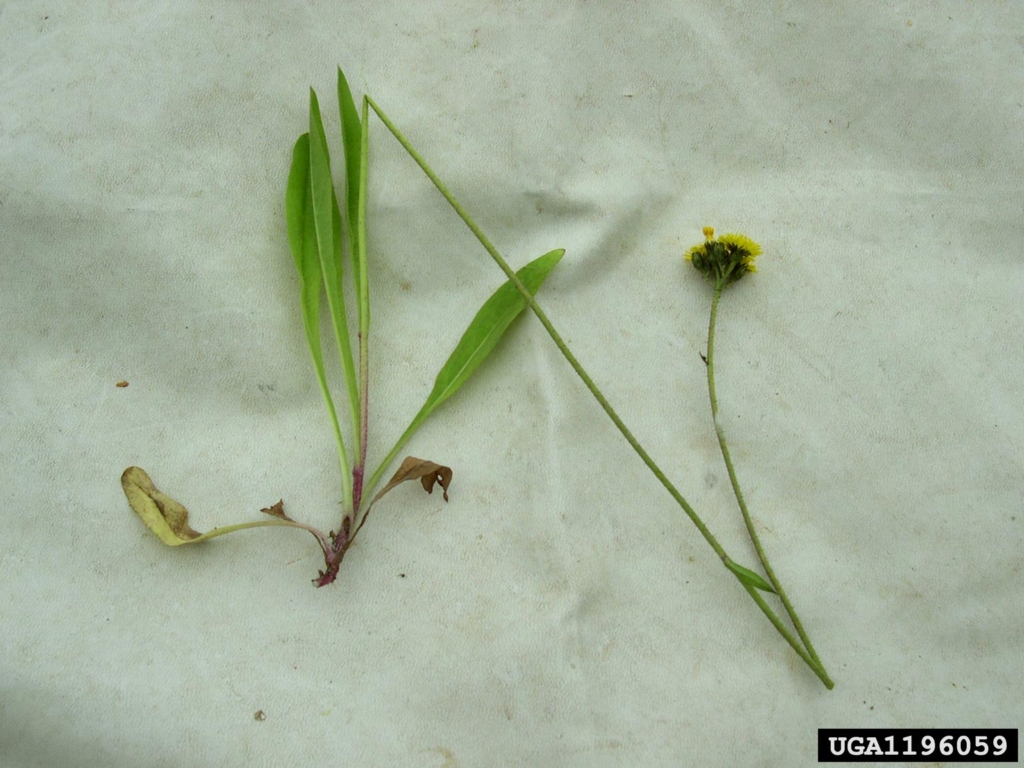Meadow Hawkweed
Hieracium pratense or caespitosum or Pilosella caespitosa
Plant Description
Creeping perennial. Dense mats of rosettes comprised of hairy, entire-edged leaves that stand up almost vertically; older stems and stolons are brownish and newer ones are whitish. Compact clusters of buds with black glandular hairs that open into up to 30 bright yellow dandelion-like flowers, half-inch in diameter.
Plant Details
| Life Forms | |
|---|---|
| Habitats | |
| ODA Listing | |
| Soil and Moisture Conditions | |
| Suggested Actions | |
| Shade Preference | |
| Mature Height | 1-3' |
| Distribution | Found across North America, Europe, Asia, and New Zealand |
| Control | Fertilize soil to increase success of desirable pasture species.Hand pull small infestations being sure to remove entire root system; disturbing the stolons, roots, and rhizomes is likely to cause the plant to spread. |
| Reproduction and Spread | Produce viable windblown seed and scatter to form new infestations; form dense mats and spread |
| Introduced | Introduced from Europe to North America in the 1800s as an ornamental. |
| Look Alikes | dandelions; other nonnative yellow flowered hawkweeds- they hybridize and are difficult to tell apart. |
| Impact | Allelopathic; spread readily and have negative impacts in rangelands and other habitats. Outcompetes other plants for water nutrients and space. |
| More Info |
© Marion Soil and Water Conservation District. All Rights Reserved.


